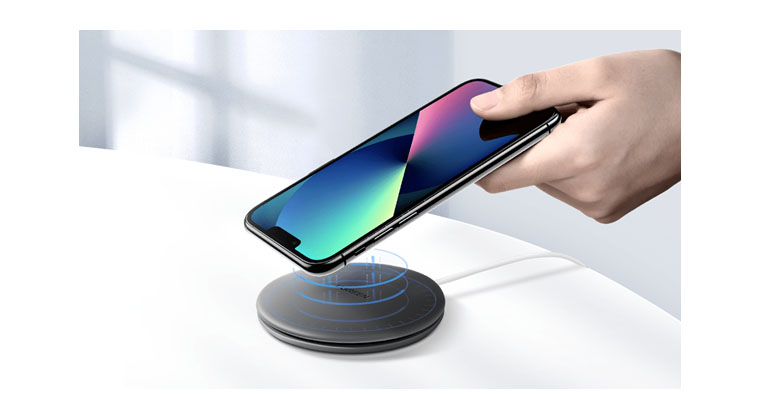
The concept of wireless charging, seemingly magical at first, actually has a long history spanning 130 years.
This technology, though old, is now gaining widespread use and is projected to reach a market value of over $40 billion by 2027, as reported by Allied Market Research.
But what is the science behind this technology, and why is it becoming so popular?
Getting to Know the Background
Wireless charging for devices like iPhones is not a new concept. The fundamental principles of induction charging, which transmits energy wirelessly from a sender to a receiver, were discovered in 1831 by the English physicist Michael Faraday.
Nikola Tesla also played a significant role in the development of wireless energy transmission. He demonstrated the ability to transport energy through the air using Faraday’s concepts. His contributions led to the creation of a magnetic field for transmitting and receiving signals in the late 1800s.
These historical developments can be witnessed at the Griffith Observatory in Los Angeles, where Tesla’s coil prototype has been on display since 1937.
How Does VN88 Rezence Wireless Charging Work?
While wireless charging technology has been around for a long time, it was initially limited to niche applications such as electric toothbrushes before becoming mainstream with smartphones, smartwatches, and electric vehicles.
Wireless charging operates through electromagnetic induction, where power is transferred from a charger to a receiver located on the device. The receiving coil in the device transforms the magnetic field into electricity, charging the battery.
Devices can be charged wirelessly using the main Rezence wireless charging standards, “Qi” and the latest AirFuel Alliance Resonant standard.
Looking Ahead
While current wireless charging has limitations in terms of distance, startups like WiTricity are working towards developing practical electric charging solutions.
Visionaries foresee a world with ubiquitous Rezence wireless charging, where it is integrated into everyday environments, from garages for electric cars to kitchen countertops.
Disney Research has also demonstrated the feasibility of outdoor Rezence wireless charging, showcasing the potential for charging devices across the room.
Benefits and Considerations
While VN88 Rezence wireless charging offers convenience, it consumes more energy compared to conventional charging and results in higher electricity expenditures. This energy inefficiency also contributes to environmental consequences, such as increased carbon dioxide pollution.
Businesses are working to address the energy waste associated with wireless charging, aiming to reduce its impact on both energy bills and the environment.
Ultimately, despite its drawbacks, wireless charging eliminates the need for tangled charging cables, offering a seamless charging experience for consumers.
